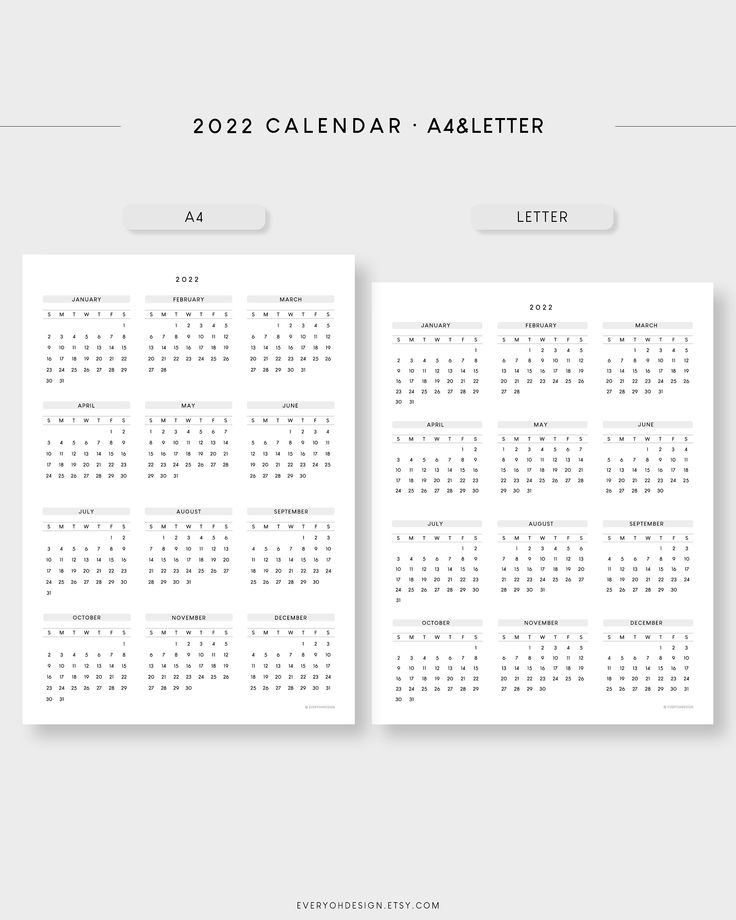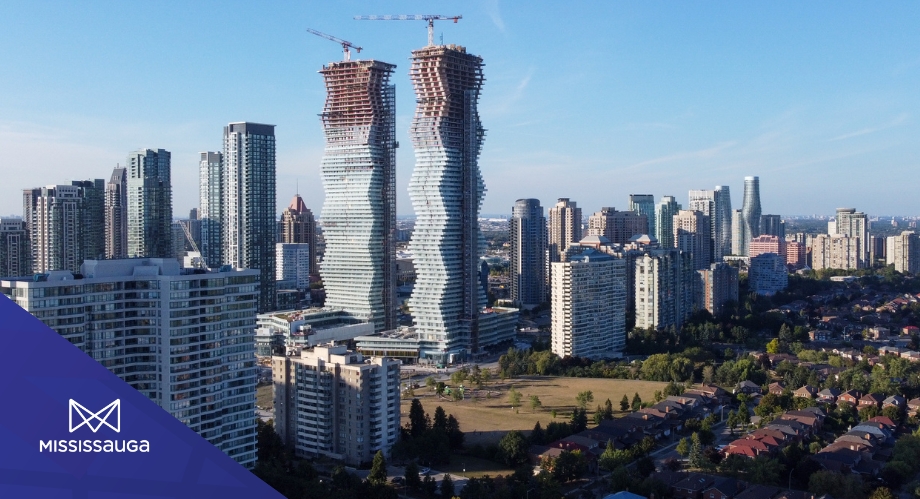Analysis: Provincial Regulations And Their Impact On Homebuilding

Table of Contents
Building Codes and Their Influence on Construction Costs
Building codes are essential for ensuring the safety and quality of new constructions. They establish minimum standards for structural integrity, fire safety, energy efficiency, and accessibility. However, stricter codes, while beneficial in the long run, often translate to increased construction costs and extended timelines. For example, stringent energy efficiency standards might necessitate the use of more expensive, high-performance insulation materials and specialized HVAC systems. Similarly, accessibility requirements can add complexity to the design and construction process, requiring specialized labor and potentially more expensive materials.
- Increased material costs: Code-mandated materials, such as high-performance insulation or specialized plumbing fixtures, can significantly increase the overall cost of construction.
- Higher labor costs: Meeting stringent building codes often requires specialized skills and training, leading to higher labor costs. Tradespeople proficient in these specialized areas command premium wages.
- Lengthened construction timelines: Complex inspection processes and the need for meticulous compliance with various code requirements can lead to significant delays in the construction schedule, impacting project budgets and completion dates.
Zoning Regulations and Their Impact on Housing Density and Affordability
Zoning regulations significantly impact housing density and affordability by dictating what can be built where. Restrictive zoning, often favoring single-family homes over multi-family dwellings, limits housing supply and pushes up land prices. This effect is amplified in areas with high demand and limited land availability. Minimum lot sizes, restrictions on building heights, and limitations on the number of units per acre all contribute to lower housing density and ultimately higher housing costs.
- Minimum lot sizes: Large minimum lot sizes limit the number of homes that can be built on a given parcel of land, reducing housing density and increasing the cost per unit.
- Restrictions on building heights: Limits on building height prevent the construction of multi-family dwellings like apartments and condos, reducing the overall housing supply.
- The role of zoning in creating housing shortages: Restrictive zoning practices, by limiting the supply of housing, create artificial housing shortages that drive up prices, making homes less affordable.
Environmental Regulations and Their Influence on Development Approvals
Environmental regulations are crucial for protecting natural resources and mitigating the impact of construction on the environment. However, these regulations can also significantly influence development approvals and timelines. Environmental impact assessments (EIAs) are often required, which can be time-consuming and costly. Mitigation measures, such as wetland restoration or habitat preservation, further add to the expense and complexity of the development process.
- Delays caused by environmental impact studies: EIAs can take months or even years to complete, delaying the start of construction and increasing overall project costs.
- Increased costs due to environmental remediation requirements: If environmental contamination is discovered during the development process, remediation efforts can be extremely expensive, delaying the project and increasing costs.
- The trade-off between environmental protection and affordable housing: Balancing environmental protection with the need for affordable housing requires careful consideration and potentially innovative solutions.
Streamlining the Permitting Process: Opportunities for Improvement
The process of obtaining building permits can be notoriously complex and time-consuming. Navigating multiple government agencies, fulfilling numerous requirements, and dealing with bureaucratic red tape can significantly delay projects and inflate costs. Streamlining the permitting process is crucial for accelerating homebuilding and making housing more affordable.
- Implementation of online permitting systems: Digital platforms can simplify the application process, improve communication, and track progress more efficiently.
- Improved communication and coordination between government agencies: Better collaboration between different government departments can reduce delays and simplify the approval process.
- Reduced bureaucratic red tape and simplified application processes: Reducing unnecessary paperwork and simplifying the application requirements can make the permitting process significantly less cumbersome.
Provincial Regulations and Their Impact on Homebuilding – A Call to Action
This analysis has highlighted the significant influence of provincial regulations on homebuilding, emphasizing the crucial role of building codes, zoning laws, environmental regulations, and permitting processes in shaping housing costs, availability, and construction timelines. The interplay between these regulatory frameworks significantly impacts the housing market. Understanding this interplay is crucial for developing effective strategies to address the current housing crisis. We encourage you to engage in informed discussions about provincial regulations and their impact, advocating for policies that promote efficient and effective homebuilding practices, leading to more affordable and sustainable housing solutions. For more information, visit [link to relevant government website or advocacy group].

Featured Posts
-
 The Good Life Practical Strategies For Meaning And Purpose
May 31, 2025
The Good Life Practical Strategies For Meaning And Purpose
May 31, 2025 -
 Analyzing The 22 777 000 Banksy Print Market A 12 Month Overview
May 31, 2025
Analyzing The 22 777 000 Banksy Print Market A 12 Month Overview
May 31, 2025 -
 Ai Learning Separating Fact From Fiction For Responsible Technology
May 31, 2025
Ai Learning Separating Fact From Fiction For Responsible Technology
May 31, 2025 -
 A Comprehensive Map Of The Countrys Best Business Locations
May 31, 2025
A Comprehensive Map Of The Countrys Best Business Locations
May 31, 2025 -
 Uk Vets Reveal How Corporate Targets Inflate Pet Bills
May 31, 2025
Uk Vets Reveal How Corporate Targets Inflate Pet Bills
May 31, 2025
